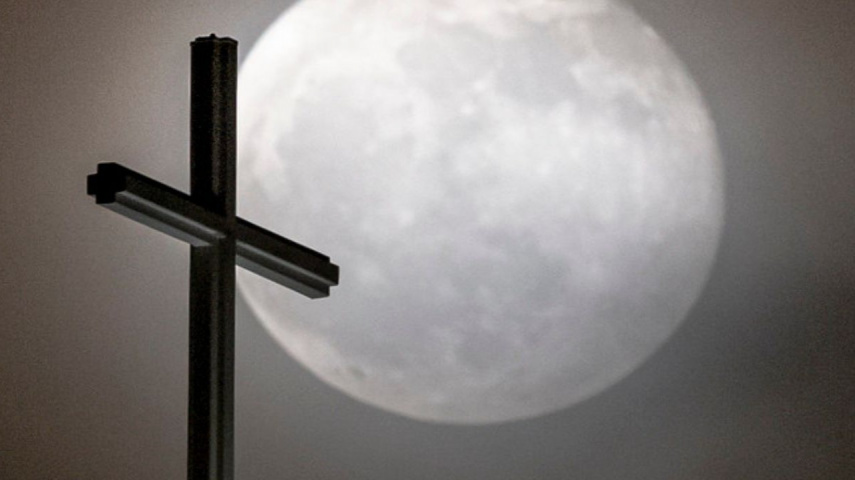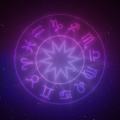Why Easter is so early? Exploring the mystery behind its ever-changing date
Easter always seems to sneak up on us, sometimes even showing up earlier than expected. However, why does this happen? Let's examine the mystery of Easter's changing date in more detail.

-
Easter's date is indirectly linked to moon's phases despite Christianity following a solar calendar
-
Contrast methods used by Western Christianity and Eastern Orthodox Christianity to calculate Easter
Easter, the Christian celebration of the resurrection of Jesus Christ, appears to move around the calendar every year, leaving many puzzled. The lunar calendar does not directly control Easter in Christianity, although other religious holidays are linked to particular lunar occurrences. Though tangentially, its date is connected to the phases of the moon as per Forbes.
A dance between the sun and moon
The moon's orbit around Earth takes about 29.5 days, whereas Earth's orbit around the Sun lasts 365.25 days. Due to this, there is a discrepancy in calendar counting, with a lunar year consisting of approximately 354.3 days. The annual variability of Easter is caused by the roughly 10- to 11-day misalignment between solar and lunar years.

Western vs. Eastern Christian traditions
According to the Gregorian calendar, Easter in Western Christianity occurs on the first Sunday following the first full moon after the vernal equinox. Easter fell on March 31 this year, with the equinox taking place on March 20 and the first full moon following as the "Worm Moon" on March 25.
Eastern Orthodox Christians, meanwhile, determine the date of Easter using a different formula. It coincides with the first Sunday following the first full moon after Passover, a holiday celebrating the Israelites' freedom from Egypt. This year, Eastern Orthodox Easter falls on Sunday, May 5, after Passover, which begins on April 22.

A dance of celestial bodies
The celestial dance of the sun, moon, and Earth is the essence of Easter's varying date. Western Easter can fall in mid-to-late April, coinciding with Eastern Orthodox Easter, if a full moon approaches the spring equinox. The next time this phenomenon synchronizes is in 2025; it did so last in 2017.
Comprehending the fluctuating date of Easter sheds light on the complex relationship between astronomy, religious customs, and cultural importance. Let's consider how the cosmic dance affects how we observe time and faith as we celebrate this holiest of Christian holidays.
Essentially, Easter's early arrival this year highlights the alluring rhythm of astronomical mechanics reminding us that even our most treasured customs are entwined with the movements of the universe.





 JOIN OUR WHATSAPP CHANNEL
JOIN OUR WHATSAPP CHANNEL



































































































